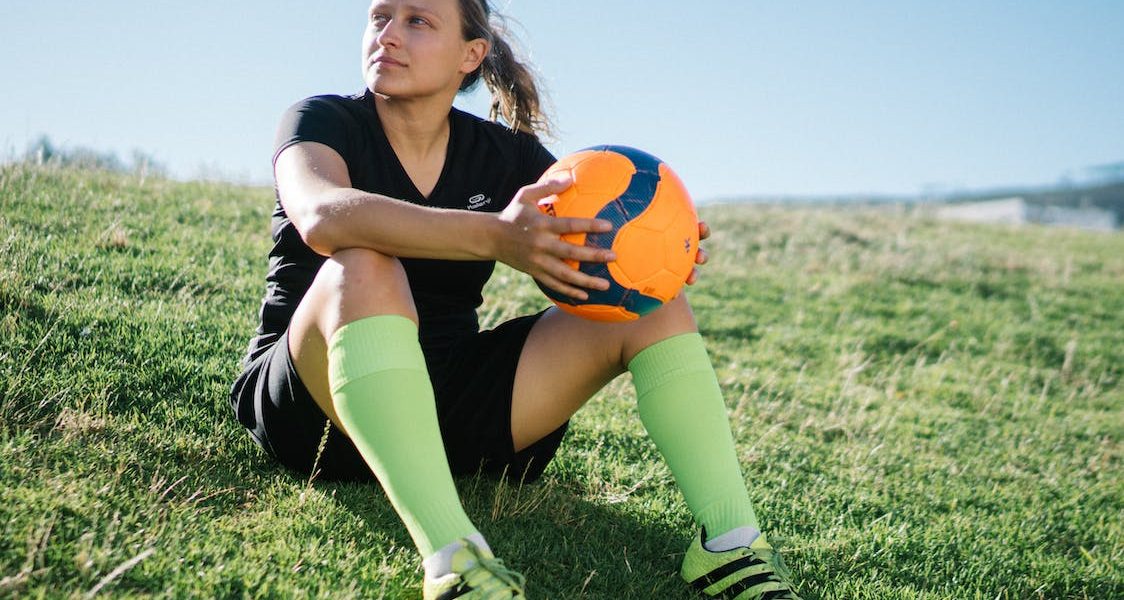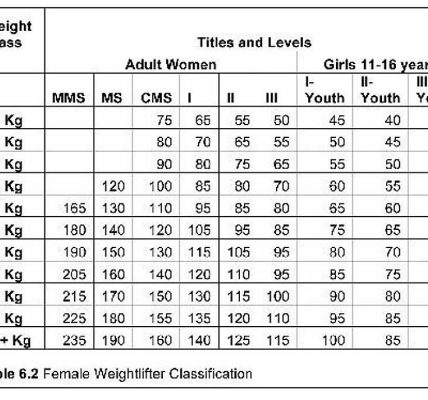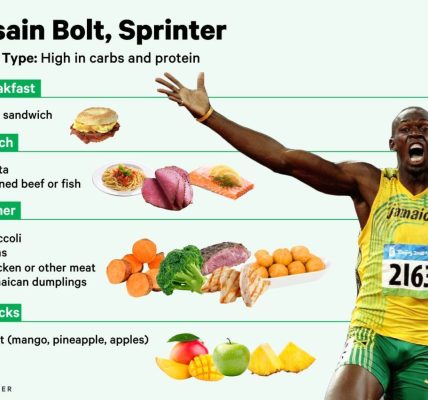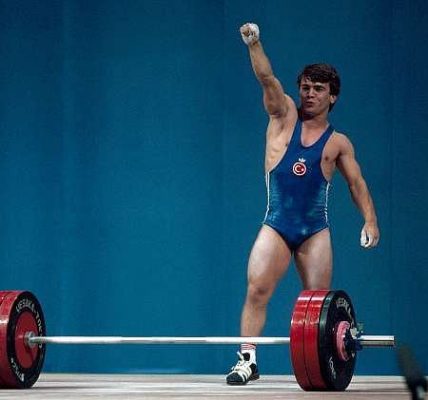When it comes to Olympic weightlifting, athletes must push their bodies to extreme limits to achieve peak performance. However, along with the unparalleled feats of strength and power, the risk of injuries also looms large. As a dedicated Olympic weightlifter, it is essential to prioritize injury prevention to ensure longevity in the sport. This article serves as a comprehensive guide, outlining effective strategies to minimize the chances of injury and optimize your training.
Understanding the Common Risks and Injuries
Before delving into injury prevention strategies, it is crucial to familiarize yourself with the common risks and injuries faced by Olympic weightlifters. The explosive nature of the sport puts immense stress on various parts of the body, including:
Shoulders
Hips
Knees
Lower back
Common injuries among weightlifters include strains, sprains, dislocations, tendinitis, and fractures. To avoid these, it is important to adopt proactive measures.
Prioritize Proper Warm-Up and Mobility
One of the most crucial aspects of injury prevention is a thorough warm-up routine. Prior to every training session, dedicate ample time to mobilize the joints and warm up the muscles. Focus on specific stretches and movements that target the shoulders, hips, knees, and lower back.
Additionally, incorporating dynamic stretching exercises into your warm-up routine can enhance flexibility and range of motion. Movements such as arm circles, leg swings, and trunk rotations are excellent additions to prepare your body for the demands of Olympic weightlifting.
Master Proper Technique
Executing lifts with incorrect form significantly increases the risk of injury. Ensure that you receive proper coaching and regularly assess your technique to identify and correct any flaws. Learning and mastering the fundamentals of Olympic weightlifting can lay a solid foundation for injury prevention.
Remember, quality always trumps quantity. Prioritize practicing with lighter weights until you have perfected your technique. Gradually increase the weight only when you are confident in your form and control.
Strength and Conditioning
A well-rounded strength and conditioning program is essential for Olympic weightlifters. A balanced approach that targets all muscle groups can help prevent muscular imbalances and decrease the likelihood of injuries.
Incorporate compound exercises like squats, deadlifts, bench presses, and bent-over rows into your routine to enhance overall strength. Additionally, focusing on core exercises can improve stability and prevent lower back injuries, which are common among weightlifters.
Rest and Recovery
While consistent training is crucial, ample rest and recovery are equally important. Overtraining can lead to fatigue, diminished performance, and an increased risk of injuries. Allow your body sufficient time to recover between training sessions and incorporate rest days into your schedule.
Preventive measures during recovery periods, such as foam rolling, massage therapy, and stretching, can help alleviate muscle soreness and promote faster healing.
Listen to Your Body
Although pushing yourself is necessary in Olympic weightlifting, it is equally important to listen to your body’s signals and respect its limits. Pain or discomfort should not be ignored, as they can indicate underlying issues or potential injuries. If you experience persistent pain, consult with a medical professional to assess and address the problem promptly.
Proper Nutrition and Hydration
A well-balanced diet and proper hydration play a vital role in injury prevention and overall performance. Ensure that you consume adequate nutrients to promote muscle recovery and repair. Stay hydrated before, during, and after training sessions to optimize performance and minimize the risk of cramps or muscle strains.
Conclusion
Injury prevention should be a primary focus for Olympic weightlifters who aspire to excel in their sport. By following these strategies and incorporating them into your training routine, you can significantly reduce the chances of any setbacks due to injuries. Remember, prioritizing warm-up, mastering technique, incorporating strength and conditioning, allowing for adequate rest, listening to your body, and maintaining proper nutrition and hydration are the keys to a long, successful Olympic weightlifting journey.




